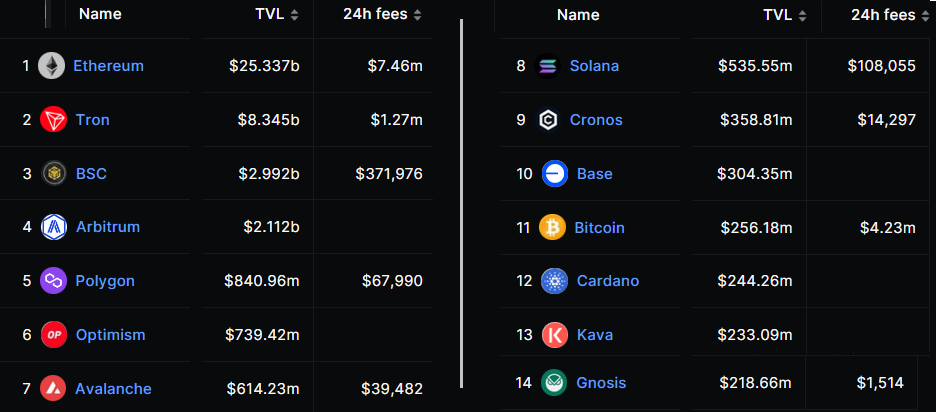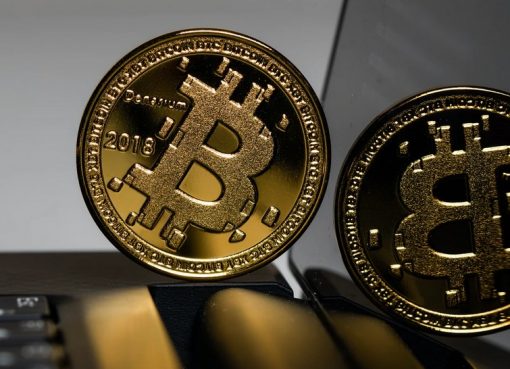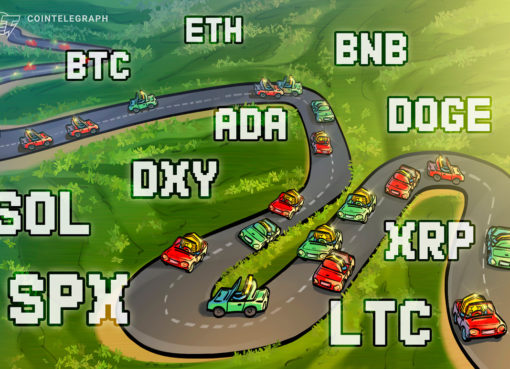Solana’s native token (SOL) experienced a remarkable 58.6% surge in just five days, reaching an $64 high on Nov. 11. However, the subsequent two-day retracement of 11.3% to $54 has prompted investors to question whether this signals a fading bullish momentum or merely a temporary price adjustment.
To put Solana’s performance into context, let’s compare it to other leading altcoins. Since its peak on Nov. 11, Avalanche (AVAX) has rallied by 17%, Ether (ETH) gained 1%, while BNB Token (BNB) traded down 2%. This comparison underscores the fact that SOL has underperformed in the broader altcoin market. Therefore, the 5.5% daily decline on Nov. 13 is unlikely to be tied to macroeconomic or sector drivers, such as the potential approval of a spot BTC exchange-traded fund (ETF).
Solana remains a top contender in terms of performance and on-chain activity
Despite the recent decline in SOL’s price, a 7-day gain of 35% suggests that investors should not hastily adopt a bearish outlook, as this could merely be a natural correction following Solana’s significant outperformance. However, it’s essential not to disregard Solana network’s fundamentals, which include on-chain metrics and SOL’s derivatives markets. Excessive leverage use by traders could potentially lead to forced liquidations, especially in perpetual contracts or inverse swaps, where funding rates play a crucial role.
Perpetual contracts, also known as inverse swaps, carry an embedded rate that is typically charged every eight hours. A positive funding rate indicates that longs (buyers) are seeking more leverage, while the opposite situation arises when shorts (sellers) require additional leverage, leading to a negative funding rate.
The 7-day funding rate for SOL aligns with that of BTC and ETH, pointing to a slightly higher demand for leverage longs. The 0.4% weekly cost is standard, considering that the cryptocurrency market capitalization has grown by 10.5% over the past two weeks, reaching $1.4 trillion, its highest level since May 2022.
Analyzing on-chain data from semi-centralized networks with very low transaction fees carries inherent risks, as inflating these metrics is relatively easy, particularly those related to decentralized finance (DeFi). A case in point is the revelation in August 2022 by a former developer from Saber, a previously esteemed decentralized exchange (DEX) on Solana, who disclosed that a significant portion of the application’s total value locked (TVL) was manipulated through double-counting.
Data providers have since improved their services to prevent such obvious inflation of metrics. Currently, Solana’s TVL stands at $535 million, which, while a substantial figure, is relatively modest compared to its close competitors.

It’s noteworthy that Solana’s network TVL lags behind Avalanche’s $614 million, despite Solana’s impressive $22.7 billion market capitalization. Similarly, Polygon’s (MATIC) TVL is $840 million, while MATIC’s market value stands at $8.2 billion, underscoring the disparity.
Moreover, the accumulation of 7-day fees for Solana’s network, totaling $660,000, does not seem to justify significant future demand for the SOL token. Even if this number were to increase significantly, it would still fall short of the token supply increase, which has risen by 3.7% in the past 90 days, equivalent to $65 million per week.
In addition to the regular issuance of SOL, there’s the vesting schedule related to the failed FTX-Alameda Research exchange. The bankruptcy estate has been permitted to sell up to $100 million in digital assets per week, including 55.75 million SOL in September 2023.
NFT data shows Solana is a top contender
Solana’s emergence as a strong player in the non-fungible token (NFT) market was one of its notable selling points, given the high costs associated with issuing and maintaining collections on Ethereum, the leading blockchain. However, this advantage has not been sufficient to attract the highest-value items and whales to Solana’s NFT markets.
Related: China declares stealing digital collections like NFTs liable for criminal theft sentence

Despite the 7-day average transaction fee on the Ethereum network increasing to the current $7.6, its total weekly NFT volume continues to outpace Solana’s by more than 7 times. This data underscores that investors and creators consider factors beyond transaction costs. Nevertheless, Solana maintains a significant position in the market, alongside the leaders, Bitcoin and Ethereum networks.
Even though SOL price corrected by 5.5%on Nov. 13, it does not necessarily reflect a decline in network activity or reduced demand for leverage longs using futures contracts. However, it does indicate that investors have taken notice of SOL’s seemingly excessive market capitalization compared to its peers. The extent of this correction remains uncertain.
This article is for general information purposes and is not intended to be and should not be taken as legal or investment advice. The views, thoughts, and opinions expressed here are the author’s alone and do not necessarily reflect or represent the views and opinions of Cointelegraph.




